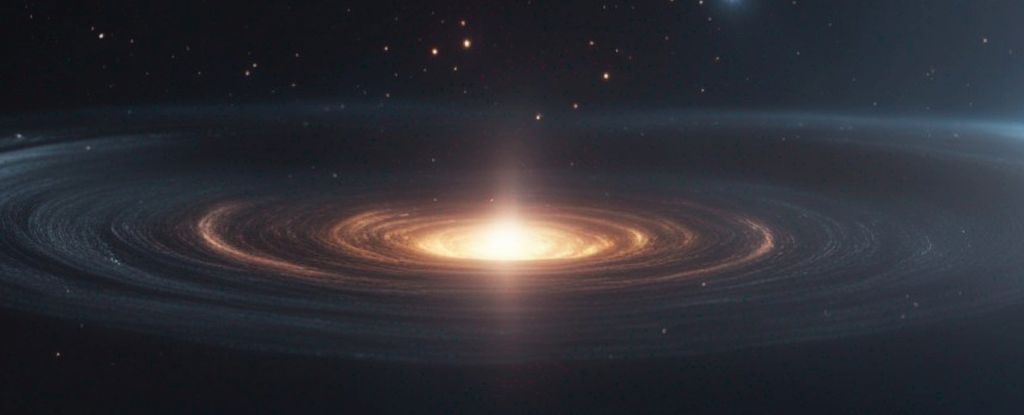
In a groundbreaking study, physicists have proposed a new model suggesting that the Universe may end in a ‘Big Crunch,’ reversing the expansion initiated by the Big Bang. The research, conducted by Hoang Nhan Luu of Donostia International Physics Center in Spain, Yu-Cheng Qiu of Shanghai Jiao Tong University in China, and Henry Tye of Cornell University, indicates that the Universe could collapse under its own gravity in approximately 33.3 billion years.
According to the model, the Universe, which is currently 13.8 billion years old, will continue to expand for another 11 billion years before halting and beginning its contraction. This theory challenges the long-held belief that the Universe would expand indefinitely, driven by a positive cosmological constant.
The Role of Dark Energy and the Cosmological Constant
Central to this new hypothesis is the evolving nature of dark energy. Traditionally, the cosmological constant, denoted as λ, has been considered positive, suggesting a perpetual outward push contributing to the Universe’s expansion. However, recent data imply that λ might be negative, which would eventually lead to a contraction.
“For the last 20 years, people believed that the cosmological constant is positive, and the universe will expand forever,” Tye explains. “The new data seem to indicate that the cosmological constant is negative, and that the Universe will end in a Big Crunch.”
This cosmological constant, introduced by Albert Einstein in his theory of general relativity, is crucial in understanding the dynamics of the Universe’s expansion and potential contraction.
The Influence of Axions
The study also introduces the concept of axions, ultra-light particles that may function as a smooth, ghostly field across space. These particles, first proposed decades ago, could provide the necessary force to initially propel the Universe outward. Over time, however, their influence would diminish, allowing the negative λ to dominate.
Currently, the axion field is thought to be responsible for the Universe’s accelerating expansion, as gravity weakens between increasingly distant bodies. In about 11 billion years, this outward push will weaken, leading to a standstill and eventual contraction.
A Cosmic Reversal
The process of contraction, described as a ‘Big Crunch,’ would occur over 8 billion years, with the Universe shrinking to a singularity. This scenario mirrors the Big Bang in reverse, where all matter converges into an infinitely dense point.
The ‘downhill’ contraction is quicker because the axion’s kinetic energy takes over, and rising densities strengthen gravity’s pull, making the crunching phase shorter than the expansion phase.
Uncertain Future and Scientific Implications
While this model presents a compelling narrative for the Universe’s fate, it remains speculative. The nature of dark energy is still largely unknown, and further research is required to validate these findings.
Moreover, the possibility that dark energy could be composed of axions or axion-like particles is just one of many theories. The scientific community continues to explore various explanations for this enigmatic force.
Despite the uncertainty, the study provides a potential answer to one of cosmology’s most profound questions: does the Universe have an end? As Tye notes, understanding the Universe’s beginning and potential end is crucial for comprehending the broader narrative of existence.
“For any life, you want to know how life begins and how life ends – the end points,” Tye says. “For our Universe, it’s also interesting to know, does it have a beginning? In the 1960s, we learned that it has a beginning. Then the next question is, ‘Does it have an end?’ For many years, many people thought it would just go on forever. It’s good to know that, if the data holds up, the Universe will have an end.”
As scientists continue to gather data and refine their models, the quest to understand the Universe’s ultimate destiny remains a central focus of cosmological research.







